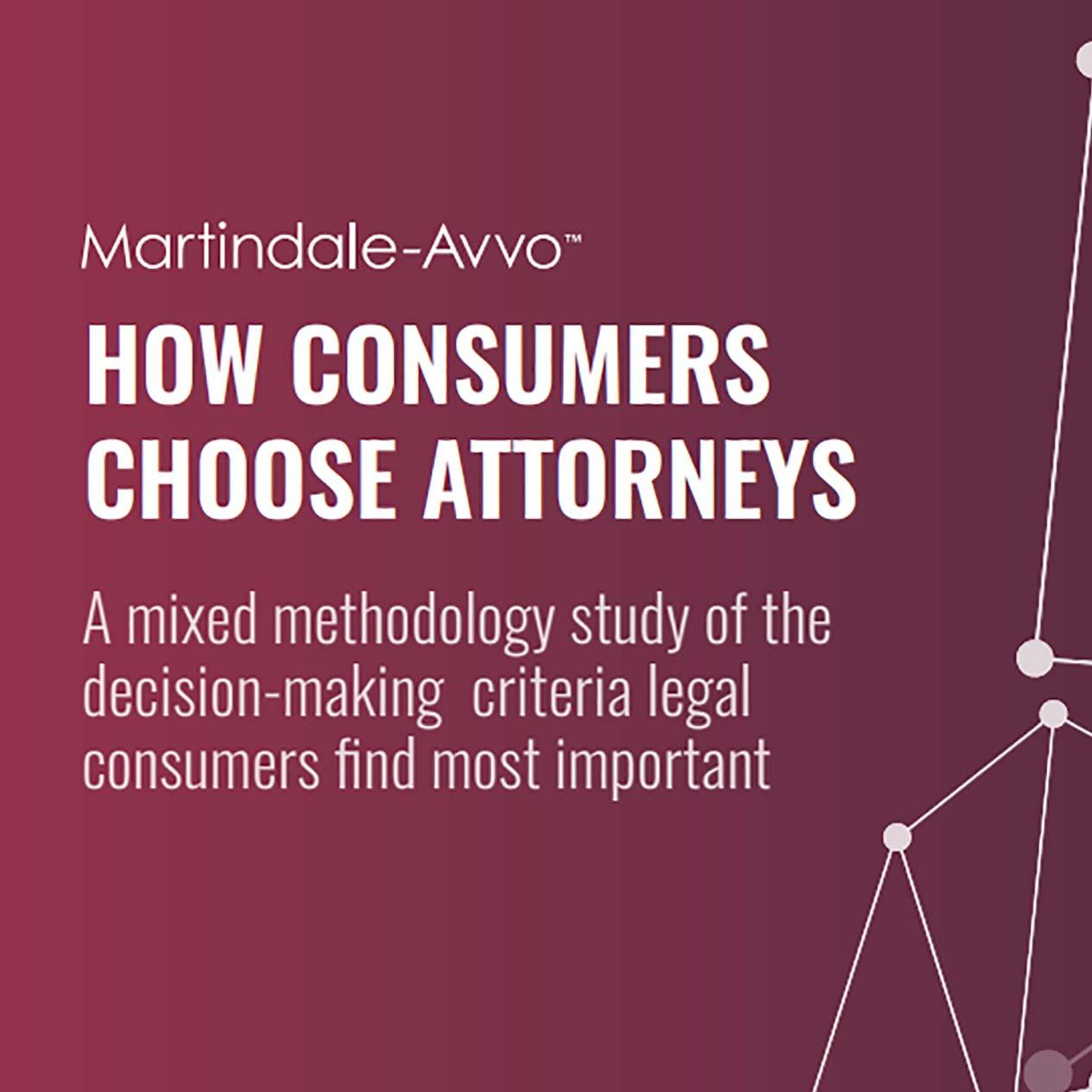Analysis: Legal Hiring Landscape in 2023

As Thomas Tusser famously wrote, “Swéete April showers, doo spring Maie flowers.” But will this year’s fresh-faced cohort of law graduates be greeted with a welcome bouquet of inspiring job opportunities or an overcast and gloomy employment season? As graduation approaches, the one thing on every upcoming Juris Doctor achiever’s mind is how they will be received by the current legal job market — will law firms continue hiring lawyers at the same rate as the past few years?
The Data
To best understand the current hiring conditions, it is important to look back at the ups and downs of the last few years. The law school employment data for 2012 through 2022 is based on annual tables released by the American Bar Association (ABA). It considers the following information:
- The total number of reported graduates from ABA-recognized law schools in the target year.
- The total number and percentage of graduates who found full-time, long-term work in the legal field that either required a bar passage or preferred a J.D.
- The number and percentage of graduates who found full-time long-term employment requiring bar passage.
- The number and percentages of graduates who found full-time, long-term employment where a J.D. is advantageous.
Data for the Classes of 2012 through 2022
- Class of 2012
- Total graduates: 46,364
- Employed: 30,453 (65.7%)
- Bar passage required: 26,066 (56.2%)
- JD advantage: 4,387 (9.5%)
- Class of 2013
- Total graduates: 46,776
- Employed: 31,368 (67.1%)
- Bar passage requirement: 26,653 (57%)
- JD Advantage 4,715 (10.1%)
- Class of 2014
- Total graduates: 43,832
- Employed: 31,160 (71.1%)
- Bar passage requirement: 26,248 (59.9%)
- JD Advantage: 4,912 (11.2%)
- Class of 2015
- Total graduates: 39,984
- Employed: 28,029 (70.1%)
- Bar passage requirement: 23,687 (59.2%)
- JD Advantage: 4,342 (10.9%)
- Class of 2016
- Total graduates: 37,124
- Employed: 26,923
- Bar passage requirement: 22,930 (61.8%)
- JD Advantage: 3,993 (10.8%)
- Class of 2017
- Total graduates: 34,922
- Employed: 26,293 (75.3%)
- Bar passage requirement: 23,114 (66.2%)
- JD Advantage: 3,179 (9.1%)
- Class of 2018
- Total graduates: 34,221
- Employed: 26,601 (77.8%)
- Bar passage requirement: 23,401 (68.4%)
- JD Advantage: 3,200 (9.4%)
- Class of 2019
- Total graduates: 34,922
- Employed: 26,293 (75.3%)
- Bar passage requirement: 23,114 (66.2%)
- JD Advantage: 3,179 (9.1%)
- Class of 2020
- Total graduates: 34,420
- Employed: 26,638
- Bar passage requirement: 24,056 (69.9%)
- JD Advantage: 2,582 (7.8%)
- Class of 2021
- Total graduates: 35,712
- Employed: 29,624 (83%)
- Bar passage requirement: 26,499 (74.2%)
- JD Advantage: 3,125 (8.8%)
- Class of 2022
- Total graduates: 36,078
- Employed: 30512 (84.6%)
- Bar passage requirement: 27,707 (76.8%)
- JD Advantage: 2,805 (7.8%)
Pre-Pandemic Trends for Hiring Lawyers (2012 – 2019)
The employment market for law school graduates began to stabilize following the 2012 – 2013 employment lull, with a slight hiccup in 2015. According to a news release from the American Bar Association (ABA), 10 months after graduation, 78.6% of 2018’s graduates had full-time, long-term jobs that required bar passage or a J.D. This was up more than three percentage points from 2017’s 75.3%.
However, the ABA admitted that this increase was partly due to a 2% decrease in class size.
Class sizes reduced steadily from 46,364 in 2012 to 34,922 in 2019. This may be partially attributed to law school graduates’ poor job prospects. Many prospective law students prepare for their law school applications at least a year in advance with months of LSAT studying and other preparations.
Students who considered applying in 2015 would only have access to the employment data for the Class of 2013 and prior before most deadlines were due.
Pandemic Trends for Hiring Lawyers (2020 – 2022)
Many industries were hit hard during the pandemic. However, the legal field, often criticized for being inflexible and old-fashioned, met the challenge head-on.
After the pandemic struck the U.S. in early 2020, you can forgive recent graduates for being trepidatious regarding job prospects. The New York Times referred to Covid-19 as “a Job-Eating Virus” in March 2020.
Surprisingly, employment increased from 75.3% in 2019 to 77.4% in 2020. While the 2020 percentage was 0.4% lower than the percentage from 2018, it was still the second-highest percentage in the previous nine years.
Even more impressively, the numbers skyrocketed even further in the following two years of the pandemic. In 2021, 83% of law school graduates secured full-time, long-term employment. In 2022, that number increased to 84.6%.
Law firms certainly felt the effects of the pandemic that swept the country, but they handled it better than many would have expected. Law firms recognized the issue confronting them, analyzed it, and dealt with it the best they could by:
- Adding practice areas
- Cutting costs
- Embracing technology
- Prioritizing data security and client communications
- Welcoming work-from-home initiatives
Law firms were largely recognized as one of the few winners of the pandemic, and the data shows that law school graduates reaped the benefits during these years.
Post-Pandemic Trends for Hiring Lawyers
While the overall trend between 2012 and 2022 has been a steady increase in employment for new law school graduates, the outlook for 2023 remains unclear.
In recent months the cooling economy has impacted law firm hiring trends. As client demands drop, big law firms face layoffs:
- Cooley, Goodwin Proctor, Stroock & Stroock & Lavan have laid off lawyers and support staff since 2022 due to slower work demands.
- Shearman & Sterling have issued layoffs in the quieting economy.
- Kirkland & Ellis made recent cuts based on performance.
- Gunderson Dettmer Stough Villeneuve Franklin & Hachigan cut 10% of the lawyers and staff in its U.S. offices. It is also deferring some start dates of its incoming associates of 2023 graduates.
In sharp comparison to the hiring sprees of 2021 and 2022, the high inflation, rising interest rates, and fears of recession may stall new legal hires in 2023.
The Outlook for 2023
While the hiring outlook for 2022 may look good at first glance, U.S. law firms felt the burn at the end of 2022 as they experienced rising expenses and declining demand. Lawyers monthly billing averaged 112 hours in the fourth quarter of 2022, compared to 121 hours from the same quarter the year before. Additionally, law firms offered 2% fewer summer associate offers to 2L law students this past fall.
However, it is yet to be seen if this year’s class will suffer due to a decline in new hires. Despite the dismal end of 2022, there could be a turnaround in 2023. If law firms continue to embrace technology to streamline their practice and increase efficiency, they may stabilize sufficiently to keep their new associates and continue the upward trend.









